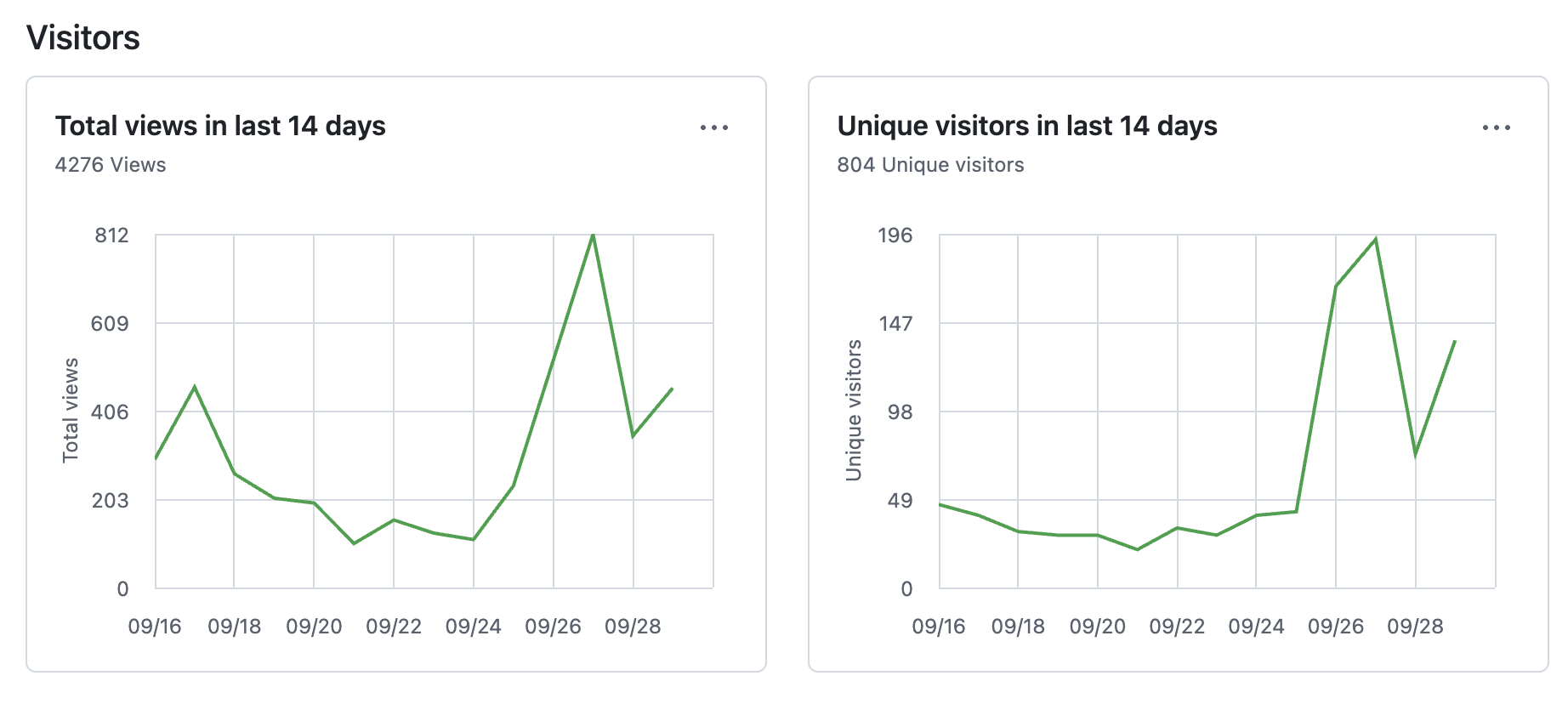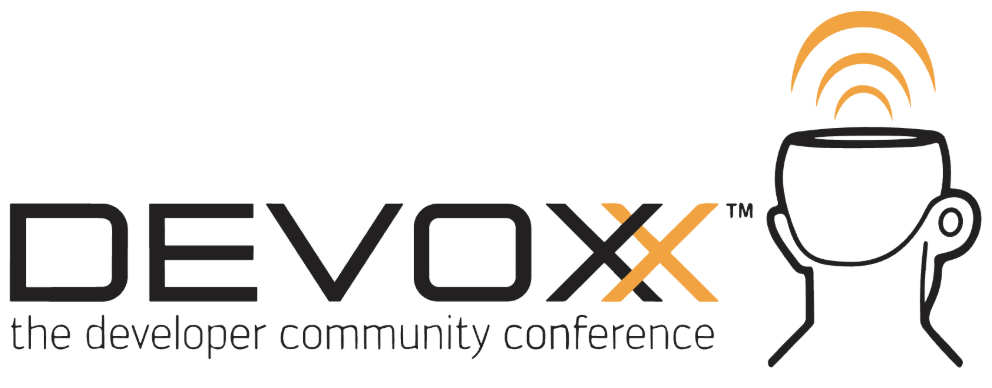What are Cursor rules for Java?
The project provides a collection of System prompts for Java Enterprise development that help software engineers in their daily programming work & data pipelines. The available System prompts for Java cover areas such as Build system based on Maven, Design, Coding, Testing, Refactoring & JMH Benchmarking, Performance testing with JMeter, Profiling with async-profiler/JDK tools, Documentation, and Diagrams.
What's new in this release?
In this release, the project introduces several updates:
- Improvements in system prompts:
- Decoupled the specialized behavior
behaviour-consultative-interactionfrom some system prompts. - Added specialized behaviors (
behaviour-consultative-interactionandbehaviour-progressive-learning) that can be combined with pure system prompts. - Added support for
UML state machine diagramsin@170-java-documentation. - Updated
@161-java-profiling-detectto add support forAsync-profiler 4.1and the latestJFR featuresincluded inJava 25and earlier. - Project improvements:
- Published a dedicated website about System prompts for Java to communicate releases, articles, and courses with the help of JBake.
Let's explain one by one the different features released.
Why decouple Pure System prompts from specialized behaviors?
In previous months, the system prompts evolved to present refactoring alternatives using the consultative-interaction technique and then apply the user's decision. However, that design coupled the system prompt with a specific specialized behavior.
With this approach, until v0.10.0 we used this syntax:
Interactive user prompt:
Review my code to show several alternatives to apply Java Generics
with the cursor rule @128-java-generics
User prompt:
Apply Java Generics in the class with @128-java-generics
without any question
But now, starting with v0.11.0, you have a cleaner syntax:
User prompt with consultative interactive behavior:
Improve the classes provided in the context by applying
the system prompt @128-java-generics
with the behavior @behaviour-consultative-interaction
User prompt with training behavior:
Create a course for @128-java-generics.md
using the behavior @behaviour-progressive-learning.md
and place the course here
User prompt:
Improve the classes provided in the context
by applying the system prompt @128-java-generics
Further information: https://github.com/jabrena/cursor-rules-java/blob/0.11.0/CURSOR-RULES-JAVA.md
With this evolution, software engineers now can combine pure system prompts and specialized behaviors in 16^3 = 4096 combinations by design.
Pure system prompts:
@100-java-cursor-rules-list@110-java-maven-best-practices@111-java-maven-dependencies@113-java-maven-documentation@121-java-object-oriented-design@122-java-type-design@124-java-secure-coding@125-java-concurrency@126-java-logging@127-java-exception-handling@128-java-generics@131-java-unit-testing@141-java-refactoring-with-modern-features@142-java-functional-programming@143-java-functional-exception-handling@144-java-data-oriented-programming
Specialized behaviors:
- Default behavior
@behaviour-consultative-interaction@behaviour-progressive-learning
Using specialized behaviours such as @behaviour-progressive-learning creatively in your repositories can increase collective ownership and help spread the code standards implemented in the codebase.
Using Pure System Prompts in Data Pipelines
Little by little, organizations will evolve current data pipeline adding new features combining multiple system prompts for different use cases such as automatic coding, code refactoring, continuous profiling, and more.
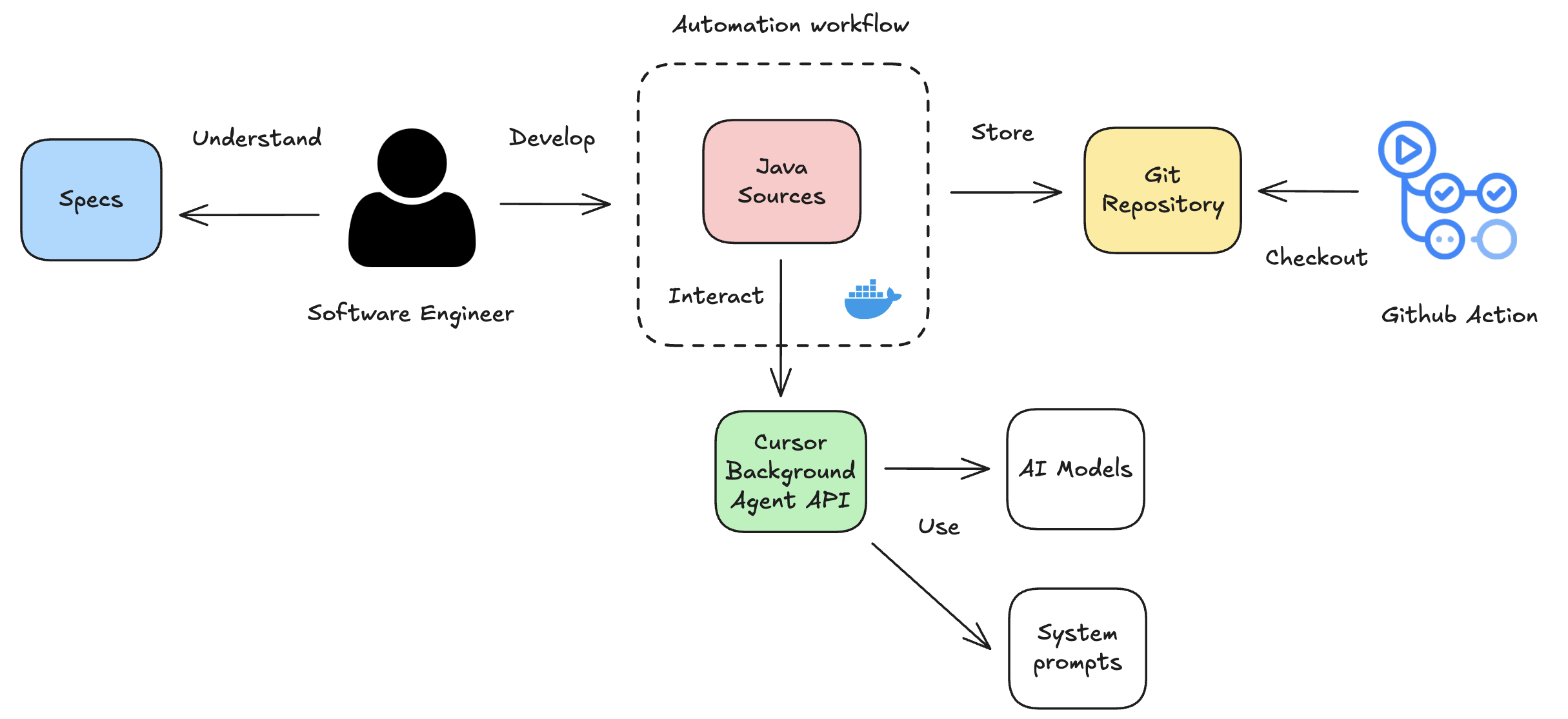
New UML state machine diagrams for better understanding in complex dependencies.
Sometimes you need to use complex dependencies in your projects, like Apache Kafka clients, and the team may not be strong enough in the early stages. If you don't have much experience with them, a good practice is to run a spike and review how the client works under the hood to mitigate risks.
During the spike, you may need to visualize internal aspects of the clients, so why not generate a UML state machine diagram to gain more insights.
Examples:
Create UML class diagrams with @171-java-diagrams without any questions from
https://github.com/jabrena/kafka/tree/trunk/clients/src/main/java/org/apache/kafka/clients/producer
Result:
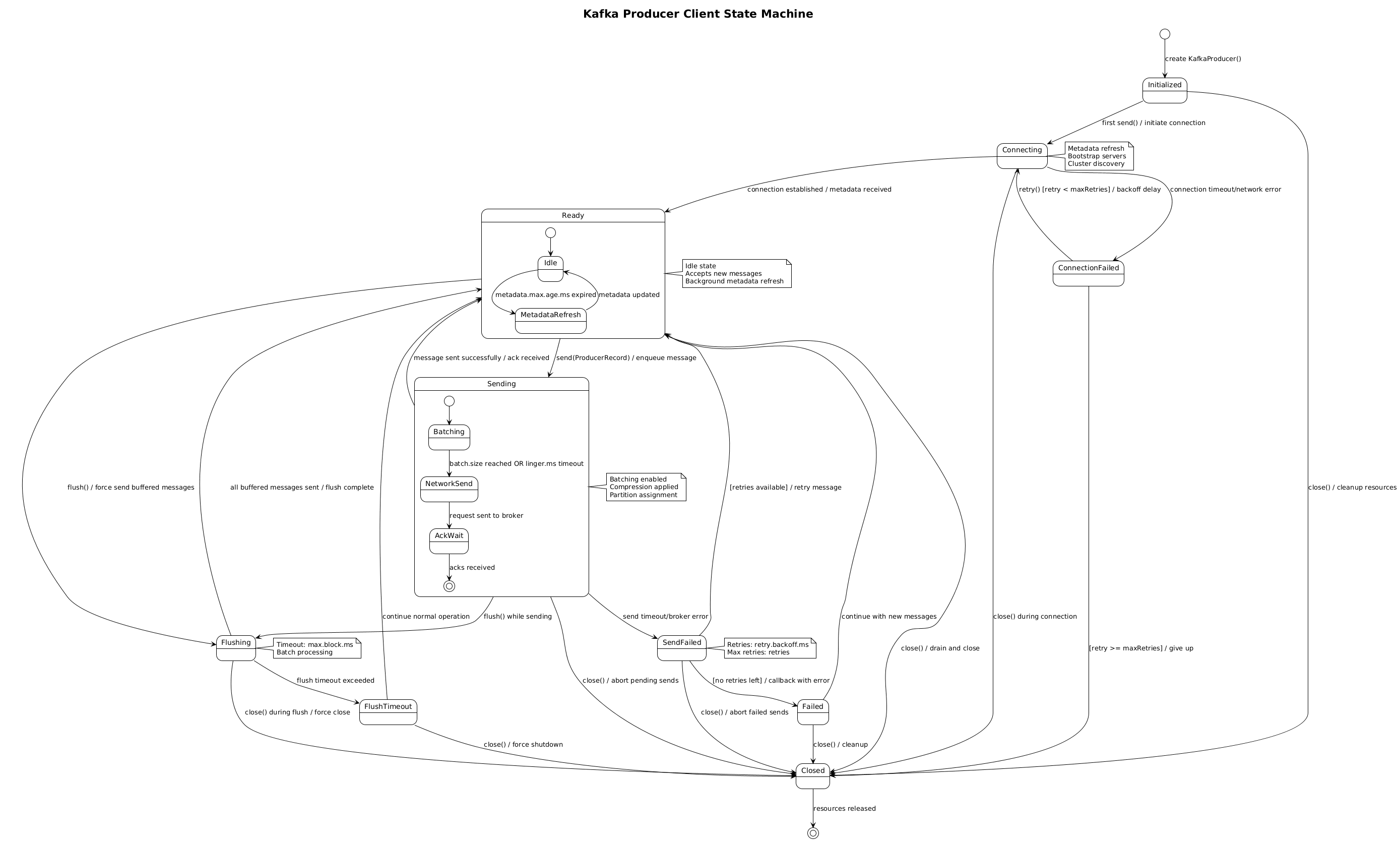
With this visualization, you can see whether something is missing in your Java integration.
Profiling improvements
In this release, the script profile-java-process.sh, included in @161-java-profiling-detect, was updated to include the latest release (v4.1) of the popular profiling tool Async-profiler. In addition, the script added new JFR options available in Java 25 and earlier.
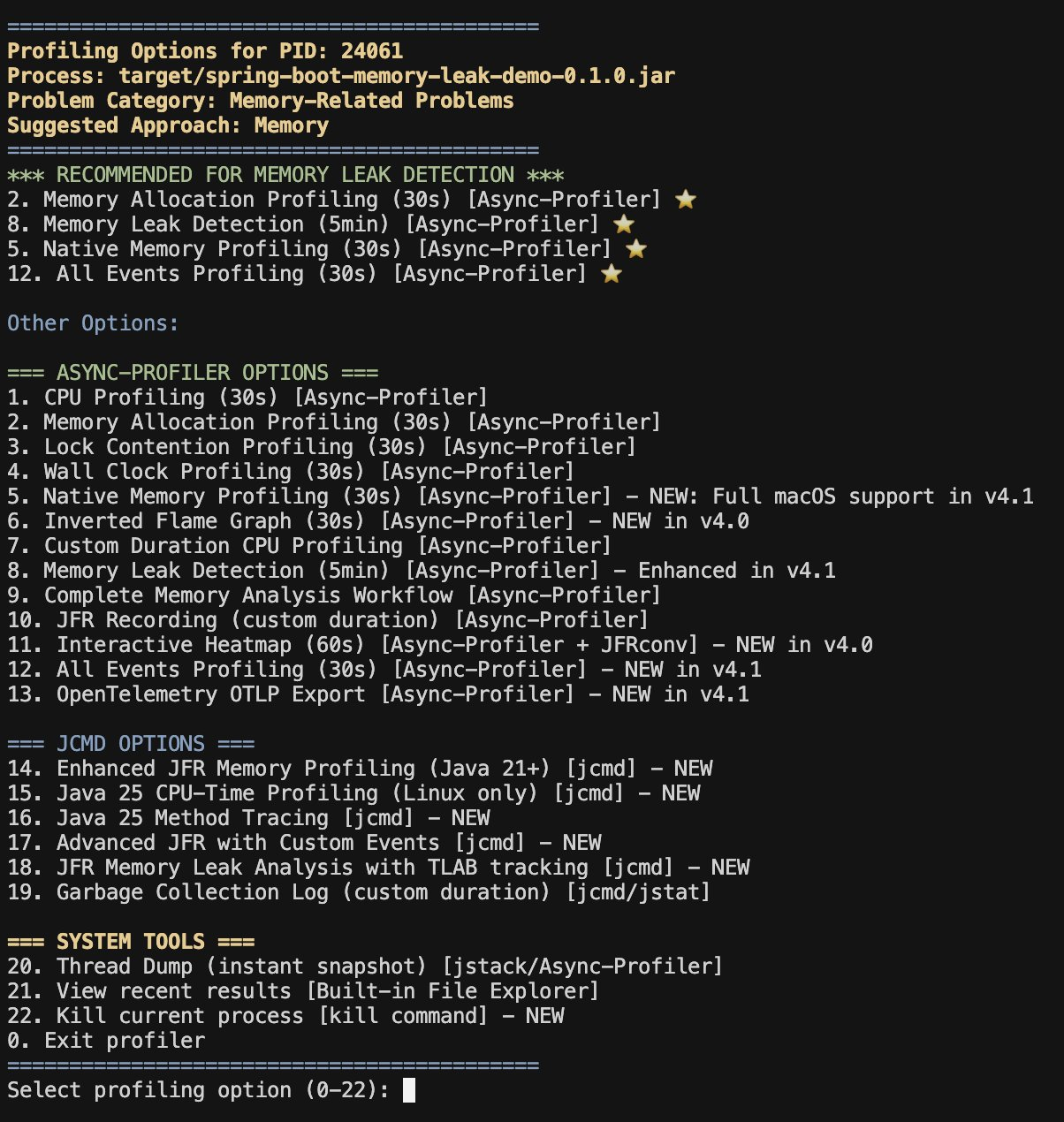
In recent months, I have been inspired by the work of outstanding engineers in this field: Francesco Nigro, Jaromir Hamala, Johannes Bechberger & Brendan Gregg. I highly recommend following them.
If you are interested in the Profiling model Detect, Analyze, Refactor & Compare implemented with the following set of System prompts:
@161-java-profiling-detect@162-java-profiling-analyze@164-java-profiling-compare
You could review the course about Detecting memory leaks with System prompts.
A new website
In recent releases, the project published an article summarizing its evolution and shared it across channels like Twitter, Reddit, and LinkedIn. To unify the source of truth, and leveraging GitHub Pages, the project now has a dedicated website.
The website includes information about releases, technical articles you can apply in your projects, and courses.
What courses were created in this release?
- Learn to use System prompts for Java
- Learn to improve your development with Java Generics
- Learn how to detect memory leaks with System prompts
Do you still have questions about the project?
If you feel stuck using this project or have questions, you can attend the following talks at Devoxx BE in October:
- https://devoxx.be/app/talk/4715/the-power-of-cursor-rules-in-java-enterprise-development
- https://devoxx.be/app/talk/4708/101-cursor-ai-learning-to-use-for-java-enterprise-projects/
